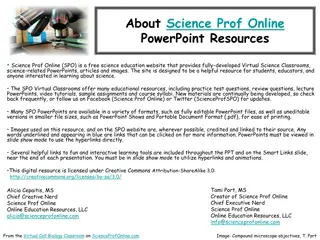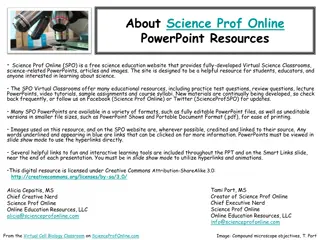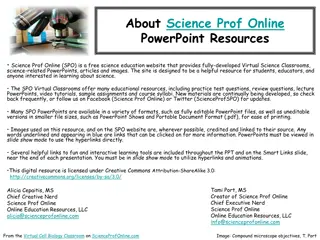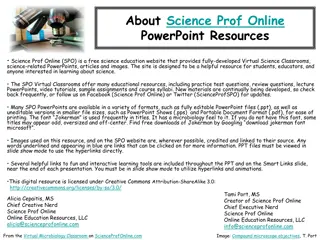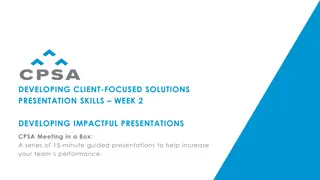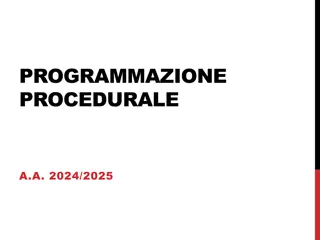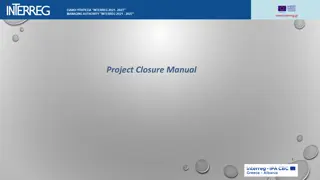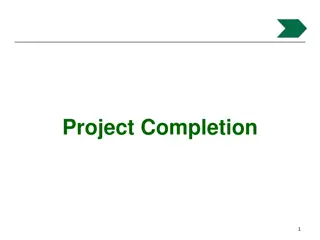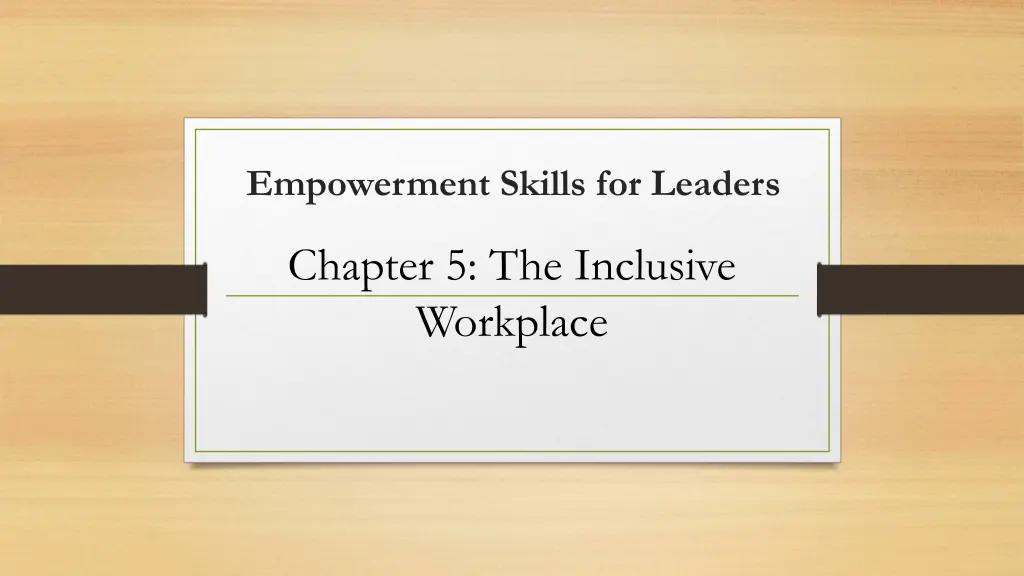
Building Inclusivity in the Workplace: Empowerment Skills for Leaders
Explore the importance of cultural humility and inclusiveness in the workplace, learn about multicultural competence, and understand the role of cultural identity in organizational culture. Develop a Leadership Empowerment Plan to promote diversity and collaboration.
Download Presentation

Please find below an Image/Link to download the presentation.
The content on the website is provided AS IS for your information and personal use only. It may not be sold, licensed, or shared on other websites without obtaining consent from the author. If you encounter any issues during the download, it is possible that the publisher has removed the file from their server.
You are allowed to download the files provided on this website for personal or commercial use, subject to the condition that they are used lawfully. All files are the property of their respective owners.
The content on the website is provided AS IS for your information and personal use only. It may not be sold, licensed, or shared on other websites without obtaining consent from the author.
E N D
Presentation Transcript
Empowerment Skills for Leaders Chapter 5: The Inclusive Workplace
Chapter 5: Learning Objectives Practice the skills necessary to develop increased cultural humility and inclusiveness in the workplace. Understand the benefits and challenges of multiculturalism in a changing American society. Explore elements of your personal cultural identity. Take steps to strengthen cultural sensitivity and inclusiveness in the workplace. S1
Learning Objectives (continued) Identify aspects of your agency s organizational culture. Recognize barriers to achieving multicultural competence and inclusiveness in the workplace. Understand how differences in organizational culture may impact collaboration efforts. Develop and implement a Leadership Empowerment Plan encompassing the strengths-based principles of family development. S1
Definition of culture in a family development context Culture is a body of human behaviors, customs, beliefs and social forms that may be found in distinct social, racial, religious or ethnic groups. These behaviors are embodied in thought, speech, actions, and artifacts, and are dependent on the capacity for learning and transmitting knowledge to succeeding generations. S2
Multiculturalism Is A way to understand personal experience in the context of the larger culture. Based on respect for all cultures and personal accountability for our views Proposes that personal experience is a valuable way to learn how to honor and respect other cultures. S3
Definition of cultural competence Cultural competence is the ability to learn from and relate respectfully to people of your own culture, as well as those from other cultures. It includes adjusting your behaviors based on what you learn. Cultural competence is not a skill that once mastered, remains static. It is a life-long process. S4
Recognizes cultural competence as a process, not an end. Goes beyond cultural competence when mere knowledge is not enough, delving deeper into self- reflection. Cultural Humility Promotes a lifelong commitment to self-evaluation and self-critique. Acknowledges power imbalances between groups in society. Affirms the need for individuals, groups and organizations to model and advocate for systemic change. S5
To care for another person I must be able to understand them and their world, as if I were inside it. Excerpt from the poem On Caring by Milton Mayeroff I must be able to see, as it were, with their eyes what their world is like to them and how they see themselves. I must be able to be with them in their world, going into their world in order to sense from insight what life is like for them, what they are striving to be, and what they require to grow. S6
Historical influences in our lifetime The Vietnam War The Civil Rights movement The Women s movement The HIV and AIDS epidemic Economic recessions of 1980 s and 2008 War in the Middle East 9/11 and terrorism Technology growth The Me Too movement Mass shootings and gun violence Heroin and opioids epidemic Climate change and natural disasters S7
Melting pot or Salad bowl Acculturation is the process whereby newcomers assume some of the cultural attributes of the dominant culture (i.e. learning English, dressing in jeans and T-shirts) Assimilation is the process of becoming fully incorporated into the social networks of the dominant culture (i.e. giving up cultural customs and traditions, joining a new religious community) S8
Public aspects of organizational culture Agency name Motto or slogan Programs and services Organizational structure Location/building Brochure/website Mission statement Advertisements Symbols Events Others? S9
Private aspects of organizational culture Organizational norms (unspoken rules and habits i.e. acceptable attire) Philosophy Workplace culture Values Morale Informal learning and development opportunities Leadership styles Inter-departmental relationships Others? S10
Definition of organizational cultural competence and inclusiveness Organizational cultural competence and inclusiveness is the collective ability of leaders/supervisors and staff members to learn from and relate respectfully to those from other organizational cultures. Why do leaders, supervisors and staff members all need to work together to develop their organization s cultural competence? S11
Guidelines for developing your organizations cultural competence and cultural humility Recognize strengths in all cultures (leaders, supervisors, staff members, collaborators, supporters, funders, families). Respect organizational cultural differences. Use cultural knowledge to design and provide services. Reduce or eliminate barriers to organizational cultural competence and cultural humility. S12
Barriers to organizational cultural competence and cultural humility Workplace privilege- benefits, freedoms or other advantages given to leaders and supervisors that workers and staff members perceive as special incentives or unilateral perks . Workplace prejudice- expressing or promoting opinions, attitudes, and judgements about a leader, supervisor or staff member based on stereotypes, incomplete or inaccurate information. S13
Barriers to organizational cultural competence and cultural humility (continued) Workplace discrimination- acting on prejudice in an overt or covert way. Workplace oppression- using personal, positional or organizational power to deny or interfere with an employee s ability to achieve goals of career advancement and healthy self-reliance. S13
Ways to develop organizational multicultural competence (humility) When planning or beginning a new collaboration or partnership, consider the potential differences in structure, leadership, learning and social norms among the organizational cultures of your partners. Early in the collaboration, provide some time for supervisors and staff members from partnering agencies to get to know each other in formal and informal settings. S14
Ways to develop organizational multicultural competence (humility) (continued) Establish guidelines and procedures regarding routine communication among partners including what information is communicated to whom, by whom, and how and when it is shared. If conflict surrounding differences in organizational cultures arises, use the steps to resolving conflict and work toward creative solutions. S14
Questions about ways to develop your organization s multicultural competence (humility) How do you learn about new initiatives and support services in your community? What agencies in your community would you like to know more about? What marketing techniques does your agency use to inform program participants and other agencies about new programs? How is technology used to promote your agency? How has it changed? Is there competition among organizations in your community? If so, would developing your agency s multicultural competence help when conflicts arise? S15
The Family Development Leadership Model S16





